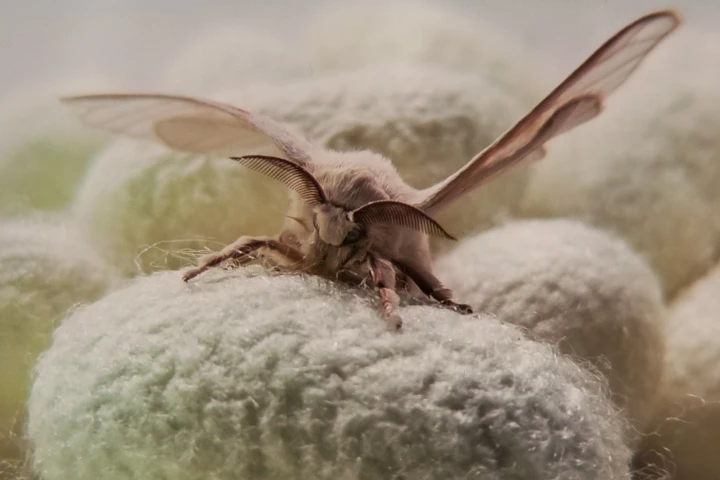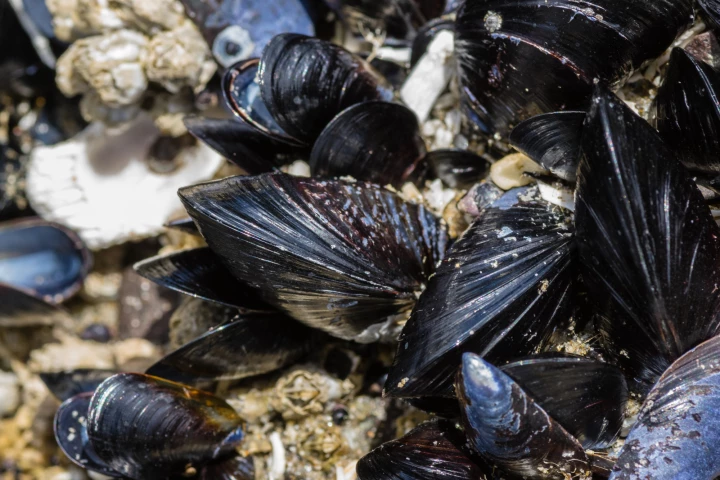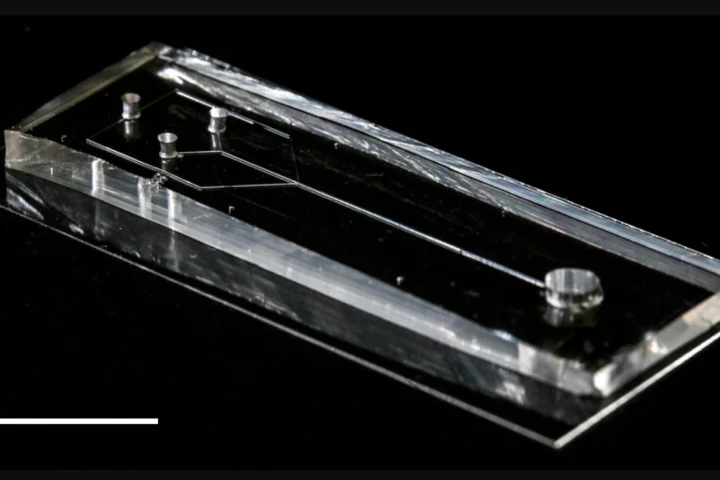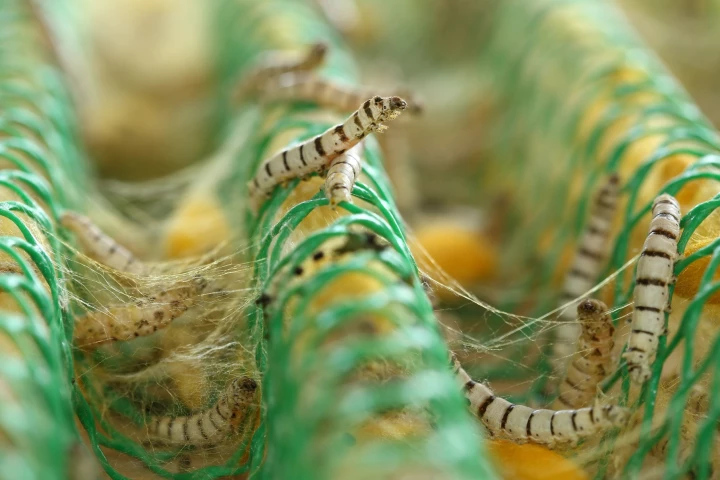Silk
-
Tougher than steel, lighter than cotton. For decades, spider silk has been the material science promised but never quite delivered at scale. Now, a biotech company claims it has cracked the code by turning the familiar silkworm into living factories.
-
Researchers have genetically modified spiders for the first time using the CRISPR gene-editing process. Adding a single gene to unfertilized eggs resulted in the creation of a spider that could produce red, fluorescent silk.
-
It’s straight out of a comic book: a shot of liquid silk quickly hardens into a sticky, strong fiber that can lift objects. Sound familiar? Researchers have described their Spider-Man-inspired tech in a new study.
-
There may be new hope for people with noisy neighbors. Scientists at MIT have developed a method of using thin sheets of fabric to either cancel or block sound – in the latter case, the racket even gets reflected back to its maker.
-
Mussels and silkworms may soon be indirectly responsible for saving people's lives. Scientists have used proteins from both animals to develop an internal wound dressing that stops bleeding and prevents infections.
-
Scientists believe lightweight, ultra-strong and flexible spider silk is now one step closer to commercial use thanks to a deceptively complex 'box' that can spin nature's wonder fiber in a "spontaneous, extremely rapid, and highly reproducible" way.
-
Spider silk is known to be one of nature's strongest and toughest materials. If everything works out, an alfalfa-produced synthetic version of the stuff will be used in the construction of the Velozzi Hypercar … only 100 of which will be made.
-
For the first time, scientists have successfully produced full-length spider silk fibers using genetically modified silkworms. This silk has the potential to provide a scalable, sustainable and better-quality alternative to current synthetic fibers.
-
Current methods for repairing nerve injuries can be hit-and-miss. For the first time, researchers have combined two kinds of silk - from silkworms and spiders - to create a promising, biocompatible method of regenerating injured nerves.
-
Just like pharmaceuticals, banknotes and alcoholic beverages, the crop seeds sold to farmers are frequently counterfeits. MIT scientists have devised a method of spotting the fakes, by tagging genuine seeds with silk dots.
-
Nanofibers have recently been utilized in many applications, ranging from wound dressings to high-strength composite materials. Scientists have now developed a faster and simpler method of producing those fibers, which was inspired by the silkworm.
-
As one of the strongest materials known to science, spider silk regularly finds itself at the center of exciting engineering breakthroughs, but a new study involving a quick chemical bath could see silkworm silk outperform it.
Load More










